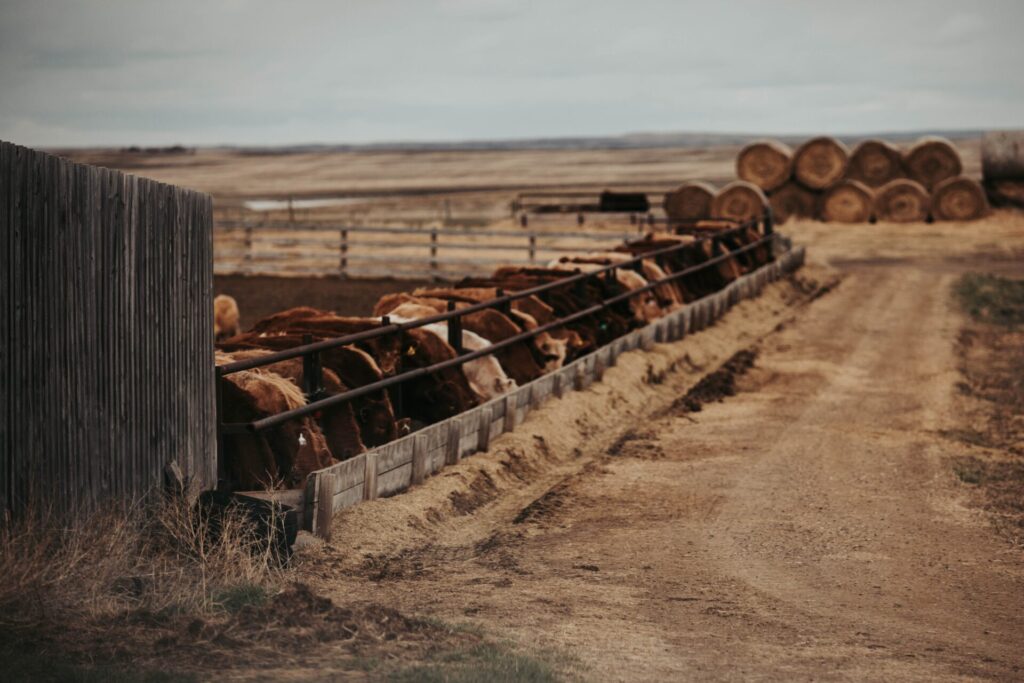-

October 9, 2024Hidden Hazards – The Challenge with Mycotoxins in Beef Cattle Feed Eliminating the threat of mycotoxins is nearly impossible. However, preventative...
Keep Reading -

February 22, 2024Considerations When Using Alternative Feeds - Have You Done Your Homework? 🎙️ Alternative feeds can be an economical means for beef producers...
Keep Reading -

August 3, 2023Ergot in Feed: Is There a Safe Concentration for Beef Cattle? 🎙️ Recent studies suggest recommended concentrations of ergot and deoxynivalenol in...
Keep Reading -

November 16, 2022Seven Tips for Grazing Corn 🎙️ Grazing standing corn has many benefits including being a high-energy forage but can also pose animal health risks...
Keep Reading -

August 12, 2022Until the Cows Come Home: Five Strategies to Stop Sickness Before It Starts This Fall These specific practices should be part of a beef...
Keep Reading -

October 21, 2020Don’t be Lame – New Web Page with Resources for Preventing and Managing Lameness in Beef Cattle Not all lameness is caused by foot rot. Getting a...
Keep Reading -

December 6, 2018Mycotoxins An overview of what mycotoxins are, the threat they represent for Canadian beef production and how to implement best practices to protect...
Keep Reading -

September 13, 20185 Tips for Grazing Corn This Fall and Winter Corn grazing is becoming more popular across Canada because producers can grow more biomass on less land....
Keep Reading -

July 19, 2016Be on the Lookout for Ergot This guest post written by Sherri Roberts, Regional Crops Specialist - Weyburn, SK. To learn more about ergot, see the...
Keep Reading